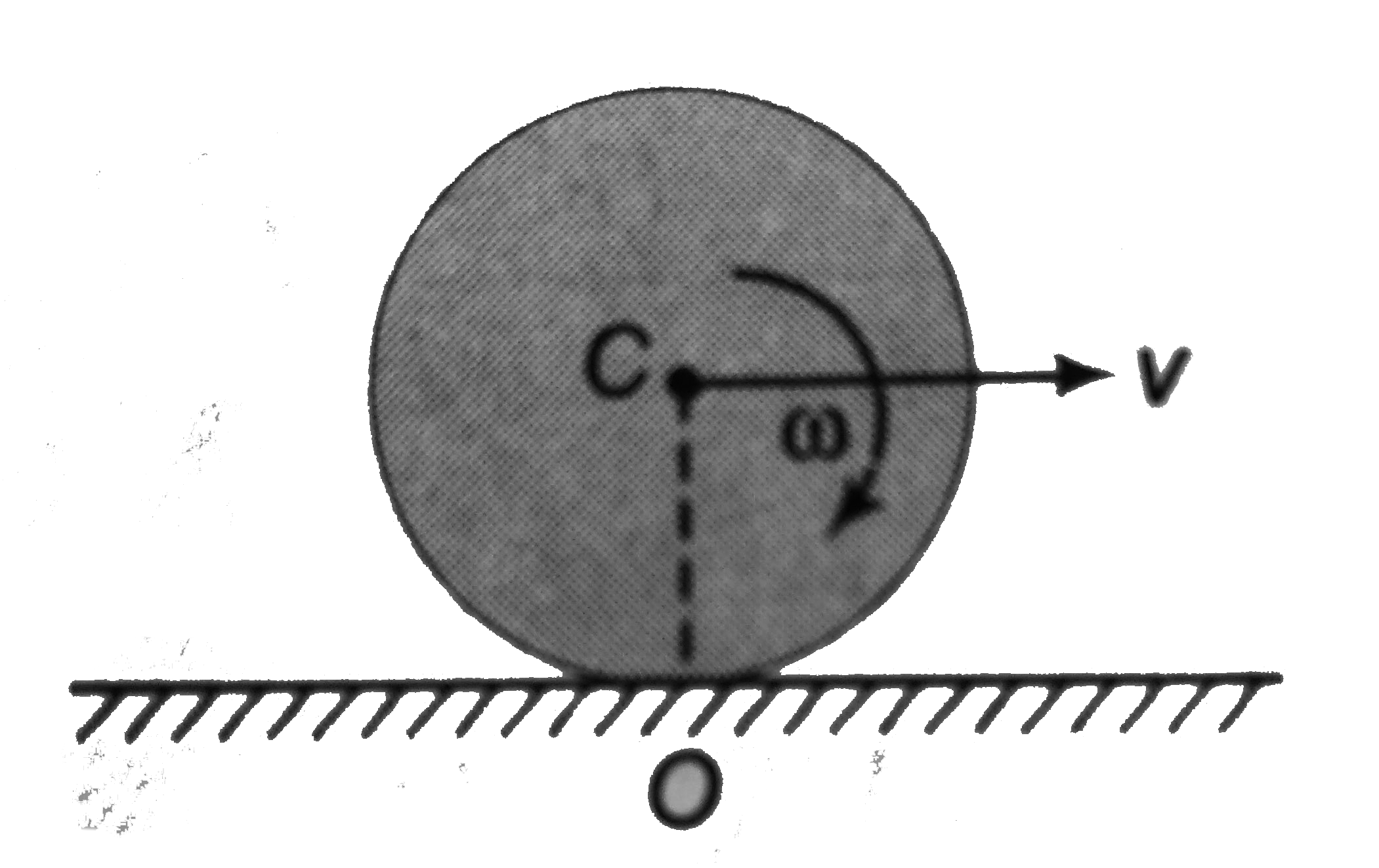For Question , calculat the block's speed asit passes through the equilibrium point ?
Hint :E=K+U=12mv2+12kx2=12mv2+0 . Calculate v
To calculate the block's speed as it passes through the equilibrium point, we can use the principle of conservation of energy. The total mechanical energy (E) in a simple harmonic oscillator is the sum of kinetic energy (K) and potential energy (U).
1. Understanding the Energy Conservation:
The total mechanical energy in the system is constant and can be expressed as:
E=K+U
where:
- K=12mv2 (Kinetic Energy)
- U=12kx2 (Potential Energy)
2. Evaluate Potential Energy at Equilibrium:
At the equilibrium position, the displacement x=0. Therefore, the potential energy U at this point is:
U=12k(0)2=0
3. Total Energy at Equilibrium:
Since the potential energy is zero at the equilibrium position, the total mechanical energy is entirely kinetic energy:
E=K+U=K+0=K
Thus, we have:
E=12mv2
4. Setting Up the Equation:
If we know the total mechanical energy E, we can express it as:
E=12kA2
where A is the amplitude of the oscillation.
5. Equating Energies:
Now we can equate the total energy expressions:
12kA2=12mv2
6. Solving for Speed v:
Rearranging the equation to solve for v:
kA2=mv2
v2=kA2m
v=√kmA
7. Final Expression:
The speed of the block as it passes through the equilibrium point is given by:
v=Aω
where ω=√km is the angular frequency.
The total mechanical energy in the system is constant and can be expressed as:
E=K+U
where:
- K=12mv2 (Kinetic Energy)
- U=12kx2 (Potential Energy)
At the equilibrium position, the displacement x=0. Therefore, the potential energy U at this point is:
U=12k(0)2=0
Since the potential energy is zero at the equilibrium position, the total mechanical energy is entirely kinetic energy:
E=K+U=K+0=K
Thus, we have:
E=12mv2
If we know the total mechanical energy E, we can express it as:
E=12kA2
where A is the amplitude of the oscillation.
Now we can equate the total energy expressions:
12kA2=12mv2
Rearranging the equation to solve for v:
kA2=mv2
v2=kA2m
v=√kmA
The speed of the block as it passes through the equilibrium point is given by:
v=Aω
where ω=√km is the angular frequency.
Topper's Solved these Questions
- BOOK - AAKASH INSTITUTE ENGLISHCHAPTER - OSCILLATIONSEXERCISE - ASSIGNMENT ( SECTION -A)58videos
OSCILLATIONS
- BOOK - AAKASH INSTITUTE ENGLISHCHAPTER - OSCILLATIONSEXERCISE - ASSIGNMENT (SECTION-B )25videos
OSCILLATIONS
- BOOK - AAKASH INSTITUTE ENGLISHCHAPTER - OSCILLATIONSEXERCISE - Assignment (Section D) (ASSERTION-REASON TYPE QUESTIONS)13videos
OSCILLATIONS
- BOOK - AAKASH INSTITUTE ENGLISHCHAPTER - NUCLEIEXERCISE - ASSIGNMENT (SECTION-D)10videos
NUCLEI
- BOOK - AAKASH INSTITUTE ENGLISHCHAPTER - PHYSICAL WORLDEXERCISE - ASSIGNMENT (Section-B)4videos
PHYSICAL WORLD
Similar Questions
Knowledge Check
- Question 1 - Select One
If ∫xekx2dx=14e2x2+C, then the value of k is
A4B−2C2D1
Write the logarithmic equation for E=12mv2
View SolutionThe eccentricity of the ellipse, which passes through the points (2, −2) and (−3,1) is :
View SolutionFind the equation to the circle which passes through the points (1,2)(2,2) and whose radius is 1.
View SolutionIf the line (2+k)x−(2−k)y+(4k+14)=0 passes through the point (-1, 21), find k.
View SolutionCalculate the equilibrium constant for the following cell reaction.
12Cl2(g)+Br−→12Br2(l)+Cl−,EΘ=0.30VView SolutionFind the equations of the plane that passes through three points (1,1,0),(1,2,1),(-2,2,-1).
View SolutionIf force constant = 100 N/m, find the potential energy of the block at 0.05 m from the mean position
Hint :P.E.=12kx2View Solution


